“We did it because we loved him.” That was the caption under a photo of four smiling Beatles that graced the back cover of a special edition “Paul is Dead” magazine that I bought in 1970. Beatlemania had come and gone, but I wasn’t ready to let go – especially of Paul, who was my current favorite. (There’s nothing 10-year-old girls love more than doe-eyed creatures, be they boys or horses.) That 50-cent magazine became my trusted guide, leading me to the clues that proved Paul’s demise.
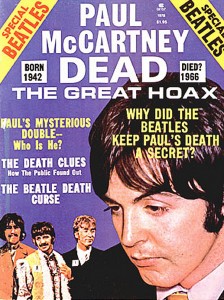 Yes, Paul was dead. And his bandmates covered up his disappearance by replacing him with a double — because they loved him. And, more importantly, because they loved the record-buying fans who loved him. The story of faux Paul (let’s call him Faul ) was so full of cryptic elements, how could a girl like me who savored all things dark and mysterious NOT believe it! In fact, 47 years later, I still wonder if it may be true. L.O.L., so to speak.
Yes, Paul was dead. And his bandmates covered up his disappearance by replacing him with a double — because they loved him. And, more importantly, because they loved the record-buying fans who loved him. The story of faux Paul (let’s call him Faul ) was so full of cryptic elements, how could a girl like me who savored all things dark and mysterious NOT believe it! In fact, 47 years later, I still wonder if it may be true. L.O.L., so to speak.
The granddaddy of all rock myths goes like this: On November 9, 1966, Paul storms out of Abbey Road studios in a huff, and on his way home stops to pick up a female hitchhiker named Rita. Upon realizing the identity of the driver, the girl throws her arms around him, causing him to swerve and wreck his Aston-Martin on a rain-soaked street. Both die in the fiery crash. Paul is decapitated.
The original rumor may have stemmed from an incident on January 7, 1967. That night, Paul and assorted members of the Rolling Stones were traveling in Mick Jagger’s car, headed to a party at the home of Keith Richards. A Moroccan art gallery assistant named Mohammed Hadjij was also en route to the party, driving Paul’s black Mini Cooper, which was rumored to be full of drugs. He crashed the car on the M1 motorway outside of London and was hospitalized for minor injuries. Because the Mini was highly customized to include arm chairs, a wet bar and smoke-tinted glass, those on the scene recognized it as Paul’s car, and word began to spread that the Beatle may have been killed.
Flash forward to August 1968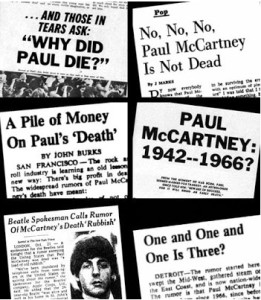 : A singer, songwriter and producer named Terry Knight attends a Beatles recording session at Abbey Road studios, and sees the now-bickering band in action. Sensing Paul’s frustration, and viewing him as the injured party, he goes on to write a song called “Saint Paul.” One lyric — Sir Isaac Newton said it [an apple] had to fall — presumably referred to the eventual demise of Apple Records. The song fueled the growing “Paul is Dead” rumors, which had now spread to the U.S.
: A singer, songwriter and producer named Terry Knight attends a Beatles recording session at Abbey Road studios, and sees the now-bickering band in action. Sensing Paul’s frustration, and viewing him as the injured party, he goes on to write a song called “Saint Paul.” One lyric — Sir Isaac Newton said it [an apple] had to fall — presumably referred to the eventual demise of Apple Records. The song fueled the growing “Paul is Dead” rumors, which had now spread to the U.S.
Articles theorizing Paul’s death begin appearing in college newspapers, first in Drake University’s Times-Delphic, and then in Northern Illinois University’s Northern Star. But the story really exploded when Eastern Michigan University student Tom Zarski phoned Russ Gibb of WKRN-FM in Detroit, and told the DJ to play the Beatles’ “Revolution 9” backwards. Listeners were shocked to hear the lyric turn me on dead man.
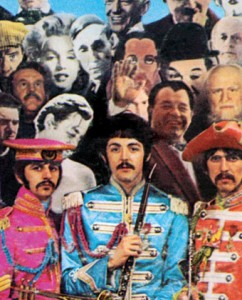 Within a few days of this broadcast, University of Michigan student Fred LaBour published a satirical article in The Michigan Daily student paper, titled “McCartney Dead; New Evidence Brought to Light.” He alleged that Paul was replaced by a Scottish orphan named William Campbell who had once won a McCartney lookalike contest. The mounting evidence of a cover-up inspired a two-hour Detroit radio program called “The Beatle Plot,” which aired in October 1969.
Within a few days of this broadcast, University of Michigan student Fred LaBour published a satirical article in The Michigan Daily student paper, titled “McCartney Dead; New Evidence Brought to Light.” He alleged that Paul was replaced by a Scottish orphan named William Campbell who had once won a McCartney lookalike contest. The mounting evidence of a cover-up inspired a two-hour Detroit radio program called “The Beatle Plot,” which aired in October 1969.
By now, major news outlets like the London Times, the New York Times, and the Los Angeles Times started to take notice. Satirical songs even began popping up: “The Ballad of Paul” by the Mystery Tour; “Brother Paul” by Billy Shears and the All Americans; and “So Long Paul” by Werbley Finster, a pseudonym for José Feliciano.
Rumors continued through the fall of 1969 and into 1970, with conspiracy theorists finding ever-increasing evidence of Paul’s death by scouring Beatle songs and album covers for hidden clues. Here are a few of the major ones:
On the back cover of the Sgt. Pepper album, Paul is wearing a badge with words that appear to be “OPD,” which is British police jargon for “Officially Pronounced Dead.” (The patch actually stands for Ontario Police Department; the squad gave the button to Paul when he toured Canada).
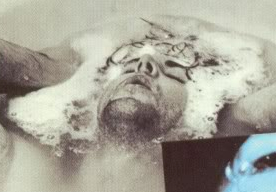 On the same album, the character standing behind Paul is raising his hand above the Beatle’s head. This is supposedly a symbol of death in some religions. And a tiny Aston Martin convertible (the car in which Paul was killed) appears on the lap of a doll in the right-hand side of the cover.
On the same album, the character standing behind Paul is raising his hand above the Beatle’s head. This is supposedly a symbol of death in some religions. And a tiny Aston Martin convertible (the car in which Paul was killed) appears on the lap of a doll in the right-hand side of the cover.
In the fade-out of “Strawberry Fields Forever,” John can be heard saying I buried Paul. He later claimed he was saying cranberry sauce.
On the cover of the “Magical Mystery Tour” album, we know that Paul is the walrus, because John confirmed it in his song “Glass Onion.” Conspiracists falsely proclaimed that the Greek word for corpse is “walrus.”
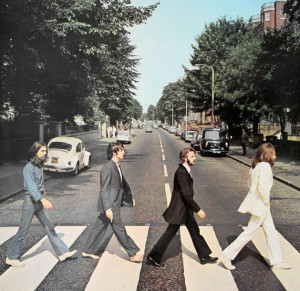 In fact, the title of “Glass Onion” supposedly sprang from British slang for the glass handles, known as glass onions, that were affixed to 19th century caskets. Thus, Paul is in the casket, looking through a glass onion.
In fact, the title of “Glass Onion” supposedly sprang from British slang for the glass handles, known as glass onions, that were affixed to 19th century caskets. Thus, Paul is in the casket, looking through a glass onion.
The poster that accompanied the “White Album” features a photo of Paul soaking in a tub of water. It appears that his decapitated head is floating in blood.
In a clip from the “Magical Mystery Tour” film, all four Beatles are wearing red roses on the lapels of their white tuxedoes, except for Paul, who sports a black one.
The “Abbey Road” album is rife with clues. The cover photo of the four Beatles walking across the road is seen as a funeral procession. John, in white, is the priest; Ringo, in black, is the undertaker; and George, in jeans, is the gravedigger. And barefoot Paul, out of step with the others, is the corpse, because Italians supposedly bury their dead without shoes and socks. Paul is holding his final cigarette in his right hand. But we know the character on the album cover is a fake, because the original Paul was left-handed.
In the background of the “Abbey Road” cover photo we see a white Volkswagen with the license plate “28IF.” Paul would have been 28 at the time the photo was taken — IF he had lived. (That famous Volkswagen was sold at auction in 1986 for over $4,000).
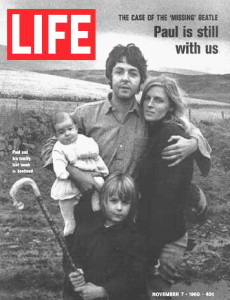 In a 1969 issue of Life magazine, Paul was pressed to address the issue. He said: “It is all bloody stupid. I picked up that OPD badge in Canada. It was a police badge. Perhaps it means Ontario Police Department or something. I was wearing a black flower because they ran out of red ones. It is John, not me, dressed in black on the cover and inside of ‘Magical Mystery Tour.’ On ‘Abbey Road’ we were wearing our ordinary clothes. I was walking barefoot because it was a hot day. The Volkswagon just happened to be parked there…Perhaps the rumor started because I haven’t been much in the press lately. I have done enough press for a lifetime, and I don’t have anything to say these days.”
In a 1969 issue of Life magazine, Paul was pressed to address the issue. He said: “It is all bloody stupid. I picked up that OPD badge in Canada. It was a police badge. Perhaps it means Ontario Police Department or something. I was wearing a black flower because they ran out of red ones. It is John, not me, dressed in black on the cover and inside of ‘Magical Mystery Tour.’ On ‘Abbey Road’ we were wearing our ordinary clothes. I was walking barefoot because it was a hot day. The Volkswagon just happened to be parked there…Perhaps the rumor started because I haven’t been much in the press lately. I have done enough press for a lifetime, and I don’t have anything to say these days.”
Eventually the Paul is Dead rumors faded, as new rock hoaxes emerged. Actually, McCartney got off easy compared to the rumor that haunted Rod Stewart for so many years (more on this in a future post).
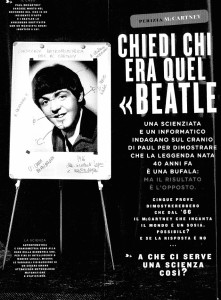 Yet, now and again someone comes forth with a new take on the matter. The August 2009 Italian issue of Wired magazine reported that two forensic scientists – Francesco Gavazzeni and Carlesi Gabriella – conducted a biometrical analysis of Paul’s face, via photos taken before and after the alleged 1966 car accident. They had set out to prove once and for all that Paul’s death was a hoax. But after careful analysis of his skull, ears, palate, teeth, and curve of his jaw, they concluded that the Beatle really was replaced by lookalike.
Yet, now and again someone comes forth with a new take on the matter. The August 2009 Italian issue of Wired magazine reported that two forensic scientists – Francesco Gavazzeni and Carlesi Gabriella – conducted a biometrical analysis of Paul’s face, via photos taken before and after the alleged 1966 car accident. They had set out to prove once and for all that Paul’s death was a hoax. But after careful analysis of his skull, ears, palate, teeth, and curve of his jaw, they concluded that the Beatle really was replaced by lookalike.
Of course, there are those who say Paul has been dead for decades – in terms of the inferior quality of his post-Beatles work. But let’s give him a break. To paraphrase Ringo: if it hadn’t been for Paul coaxing his sometimes sluggish mates into the studio, there wouldn’t have been nearly as many Beatle albums. Only Bona Fide Paul could have lit that spark.
Here’s the hilarious “The Ballad of Paul” – complete with clues – by The Mystery Tour:
© Dana Spiardi, April 1, 2013

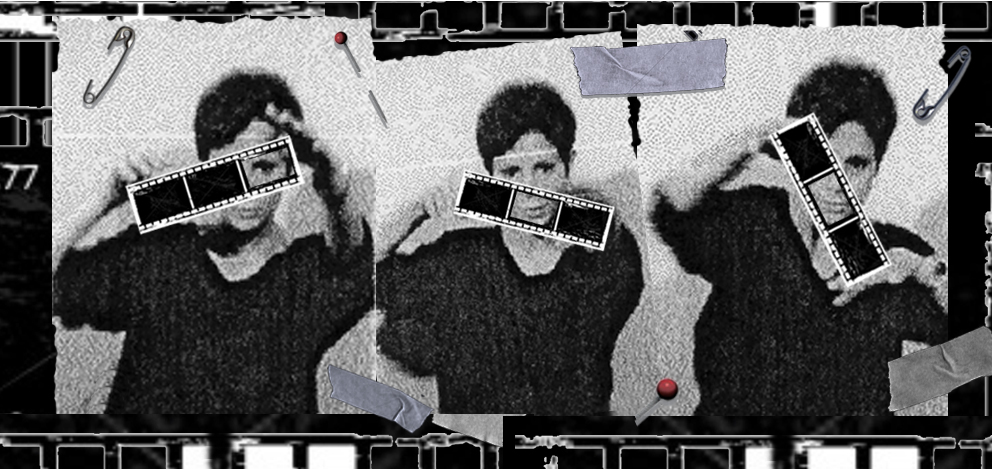
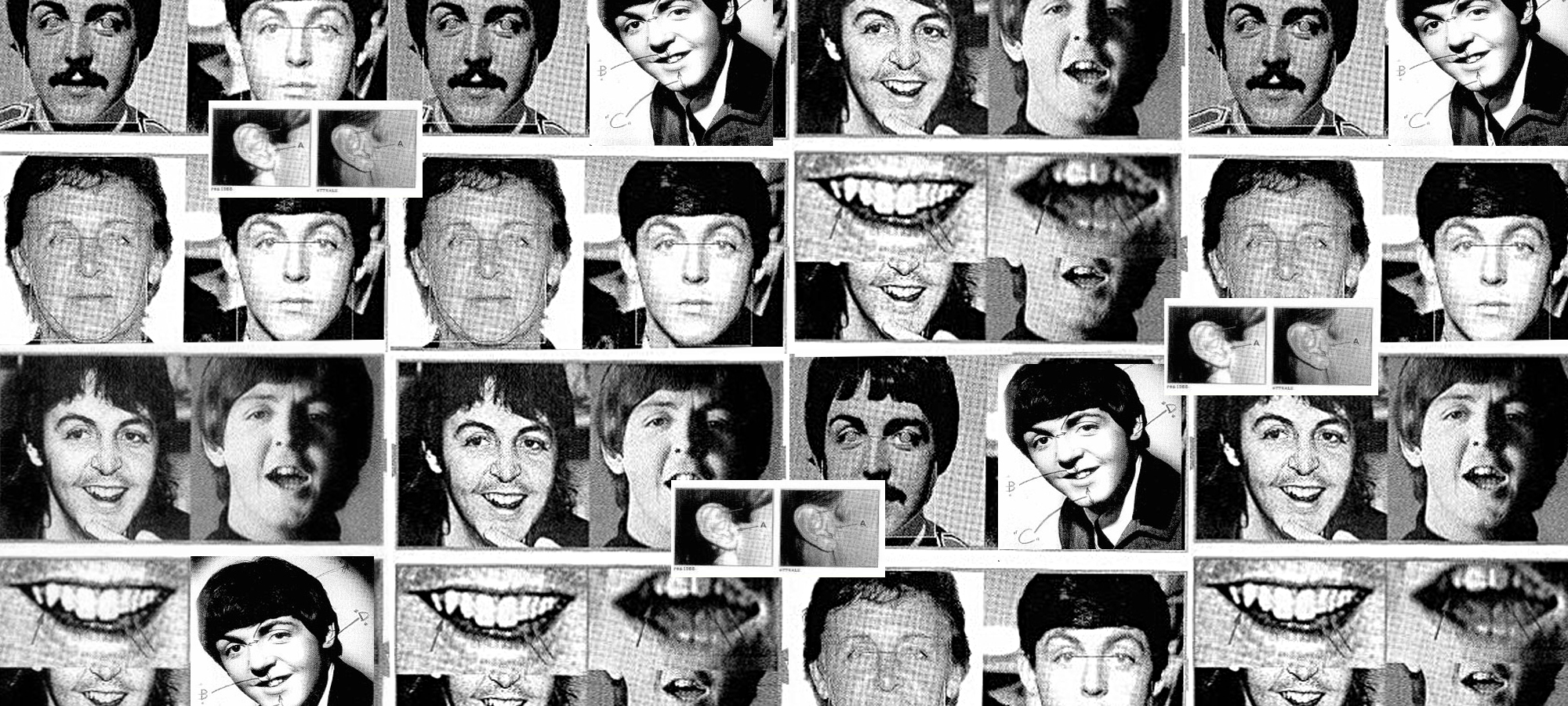
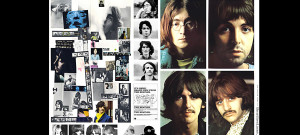

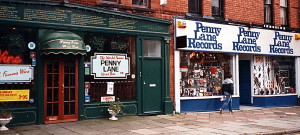

What a blast from the past. Paul’s explanations are as fake as the hoax aren’t they?
This was a great read! I remember when I sort of “re-discovered” the Beatles during high school in the 90s (I listened to a lot of my parents’ 8-tracks when I was little in the early 80s) that my best girlfriend and I became obsessed with the whole “Paul is dead” hoax. We even recorded several songs from Magical Mystery Tour and Sgt Pepper’s to cassette and then spent hours listening to them in reverse with the hopes of hearing those creepy messages about his supposed death. Good times!